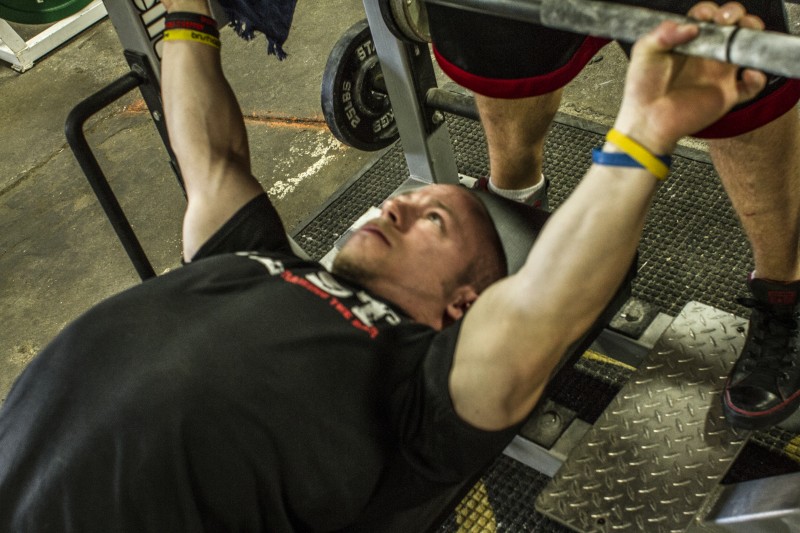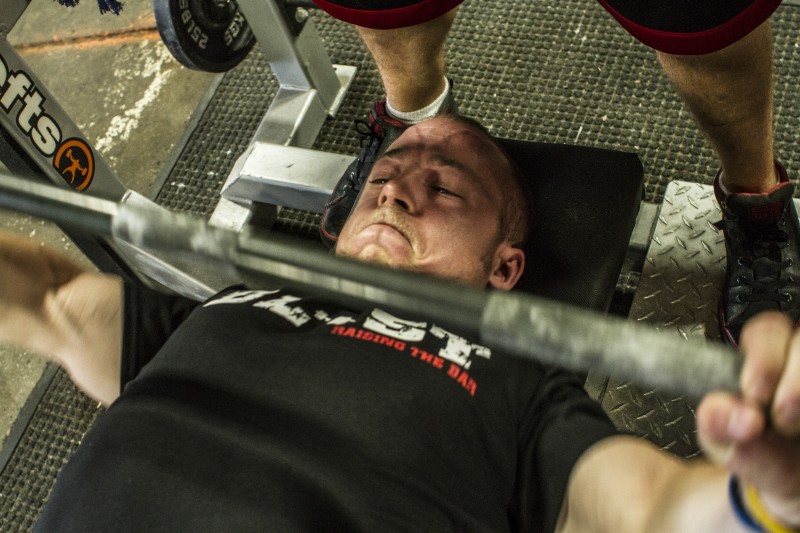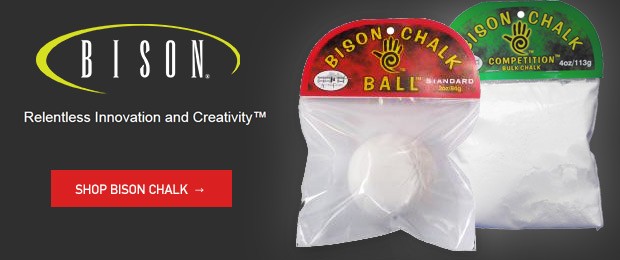
Recently I was speaking to a group of recruits and their parents and when we got to the question and answer portion of the meeting, one of the dad’s asked me to describe my training style. I told him I was old school with a new school flavor. They laughed, but I was really serious. I really think of myself as an old school guy, with some new techniques and ideas sprinkled in. I am not saying that I reject all the new innovations, ideas and training fads that are out there. I am saying that I believe in the tried and true principles that have worked since people started hefting implements of iron around. These principles are the foundation of athlete development. If you do not follow these principles in your programming, you are building a house out of sand. Most of them are simplicity itself, but they always work.
Principle 1: Work Capacity
The need for this has become more prevalent in this generation than ones before. Why? Because kids don’t work or don’t know how to work anymore. I am not some old man on the porch complaining about all these young whippersnappers out there, I am simply stating a fact. Players we get today are so “work” deconditioned that most of them have to be taught how. How many kids do you see cutting lawns, trimming bushes, even playing outside? Not many, and with their idea of “sport specificity training” at their age, their motor patterns become almost fixed to those movements alone, taking away ones they should be doing to make themselves better athletes. Work capacity, GPP — whatever you want to call it should be priority number one to those new to your program.
Give your athletes basic movements and tasks that are easy to execute but demanding on their bodies. A sledgehammer to a tire is a good way to start, anything to get them sweating and working and build from there. Remember, they are not your third and fourth year guys. They are new and have no idea what is going on. Teach them how to work and you will be able to teach them anything, and it will make your job easier in the long run.
RECENT: The Dash — What's Your Legacy?
Principle 2: Technique
This may be the simplest thing to say, but it is the thing that will take the most commitment from you and your staff. Once you commit to technique, it never goes away. Ever. You will be correcting players form from now until they are long gone out of your life. Every single rep, athletes are doing something wrong or something right and you got to coach the hell out of it. I am committed to technique because I know it is a way to maximize strength when the body is doing what it is supposed to do, the muscles lengthening and shortening. It isn’t my way versus your way — there is only the right way. Never let weight annihilate form. It is the easiest way for an athlete to hurt themselves in the weight room. Would you let your kid play with a poisonous snake, then feel bad after he gets bit? It is the same thing when you let an athlete continue to use bad form, then feel bad or get fired after they get hurt. Teach them how to lift with proper technique and you will never go wrong.
Principle 3: Discipline
These first three principles should all be taught simultaneously. Discipline, for some reason, is the most misunderstood tool in a strength coach’s toolbox. Discipline is many things, but it is not just yelling and punishing a player because they do something wrong. Discipline is teaching them how you want them to do something. It is establishing standards. Whatever you and your program are about, whatever you hold near and dear to your heart, that is what you stand for and that needs to be the basis of your discipline/standards. I love teaching and watching athletes get better. Nothing gets me more excited than seeing an athlete perform a lift for the first time the right way, or seeing them PR. I love it. I also find myself having to yell less about effort. By establishing standards and teaching them technique and how to work, we are pretty much on the same page. But if you ever want to see me turn from Dr. Jekyll to Mr. Hyde in a hot minute, don’t touch the line or just decide to coast on a run and not finish strong. I swear that may be the death of me someday. I may just spontaneously combust or what is left of my brain will shatter.
We hold the intangibles sacred. Finishing strong, touching the line, standing tall when tired — that is what we stand for and that is the discipline we enforce. Teach them and hold them to your standards.
Principle 4: Strength
Once you teach your athletes how to work, how to use proper technique, and how you want things done, now it is time to get strong. Strength must be the basis of everything they do, because without it they will underperform and underachieve their entire career. You can never go wrong with strong. My strength coach told me a long time ago that all things being equal, the stronger athlete is always the better one. If you are not strong, you cannot bend, you will never be as fast as you can be, or as durable as you need to be. All facets of athletic development and injury prevention start and end with strength. Enough said.
Principle 5: Sprint!
Speed development is crucial, and to get it you have to have the other four principles firmly in place before you begin. Work capacity, run technique, and a baseline of strength is needed before any serious sprinting begins. A lot of strength coaches try sprinting first, and I hate to tell you but it just doesn’t work, amigo. Speed development is a daily step-by-step, tedious undertaking when it is done right. If you skip a step in the chain, not only will your athletes get hurt, but you will only be receiving short term goals in place of long term gains. This step-by-step approach can help anyone, regardless of how fast you are, because everyone has a weakness that can be fixed in one or more of these steps.
I was lucky enough to be Chris Johnson’s strength coach in college. He ran a 4.33 as a sophomore at 182 pounds. As a senior he ran a 4.24 twice in a row for NFL scouts. What was the difference? He weighed 200 pounds when he did it. In following these guidelines, we focused on the one weakness he had: strength. He had broken his leg in high school and was behind in that department. He already had perfect run and start technique, a great work capacity and work ethic, was disciplined, and had a fierce competitive nature. He just needed to get stronger. We went step-by-step, didn’t oversprint him, and just kept strength development up until he could put enough force in the ground and it was lights out.
I know that we have all had athletes that have gotten faster, but I bet 99% of them didn’t do it by sprinting more and more. You may have fixed their run technique, their start, strength, or just work capacity. That is what made them faster.
I know that there are other principles involved for developing athletes, but these are the ones that your program should evolve from. Try to work them in this order. Work capacity, technique and discipline are interchangeable and will work the best together for a strong athlete/coach connection. Teach them how and then demand they do everything right. Next get them stronger, build a great strength base, and then start sprinting. This is one old school method that will never get old.












